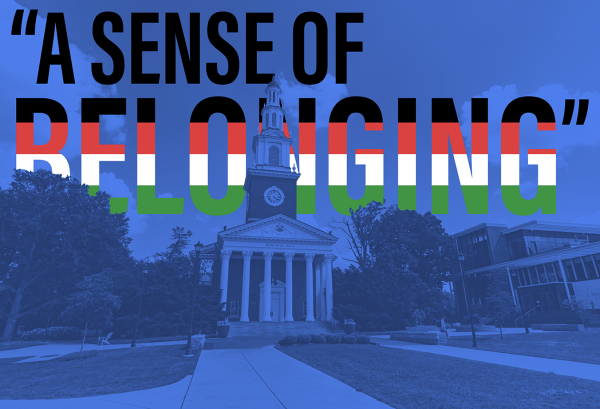Police transparency needed to understand Ferguson

August 28, 2014
If you are a regular reader of this column, you have probably come to expect data and fact-filled analysis of politics and policy. I do this because too many people ignore facts when determining their political affiliations. But right now, I am simply in the dark.
Michael Brown, an 18-year-old black man in Ferguson, Mo., was shot by a white police officer, and I have no idea what to think of it because there is no definitive data. The tow ropes of emotion have dragged me back and forth on this issue, and turned me around so many times I am dizzy. At the end of it all—riots, police in military surplus gear, tear gas, arresting journalists, and celebrities and politicians calling for an explanation—we are still no closer to knowing what actually happened, or in what context the shooting should be put.
Many of my black friends (and this was also my own first impulse) are convinced this is just another example of police using excessive power and being too aggressive against black people.
I have other friends who argue that this type of thing happens in the line of police duty. They say those sworn to protect and serve have to make decisions in a split second when in life or death situations. Perhaps Officer Darren Wilson was faced with a similar situation in the past in which the person being chased was armed, and one of his fellow officers was hurt because of it. If this is the case, Wilson may have legitimately thought he was protecting himself and others because of past experience.
Twitter and Reddit are flooded with examples of abuse by law enforcement, and supporters of Officer Wilson have provided examples of black officers killing white suspects to try to prove there was no racial motivation in the Ferguson shooting.
My struggle in all of this is that there are no numbers to back up any of these hypotheses. In policy, one of the most repeated axioms is that the plural of example is examples, not evidence. Without data, without actual evidence, there is no reliable conclusion to draw.
USA Today released an FBI report of justifiable homicides that shows that about 25 percent of all police killings involve a white officer and black victim. But this database is incomplete and unreliable. Furthermore, the majority of police in this country are white, so if a black person is killed, the odds are it will be by a white officer due to simple math.
The statistic that Americans are eight times more likely to be killed by a police officer than a terrorist has made its way around the internet several times, but we live in a country, thankfully, where terrorist attacks are far less frequent compared to the rest of the world.
But the questions surrounding the event should give all Americans one clear point on which to agree. We need more transparency so we can have data to judge our police.
There is no public database to track homicides by police, and most police largely oppose such a tool. The way law enforcement reacted to the situation in Ferguson was disgusting. Silence, covering their own backs and making enemies with the community should not be standard operating procedure. It seemed their interest was in protecting and serving themselves, not their community. This type of activity is why some people do not trust law enforcement, and without data, how can anyone say they are wrong?
Across the country, we need to be able to know what our officers are doing, how they are doing it and why they are doing it. The type of digging in against the truth that happened in Ferguson should never happen again. It is due to the lack of law enforcement transparency that we have no numbers to judge the situation in Ferguson. Most importantly, it is that lack of transparency that leaves Americans with only one defense against an officer: (Hands up) “Don’t shoot!” But those two desperate words will never be enough to keep situations like this from happening.






















































































































































